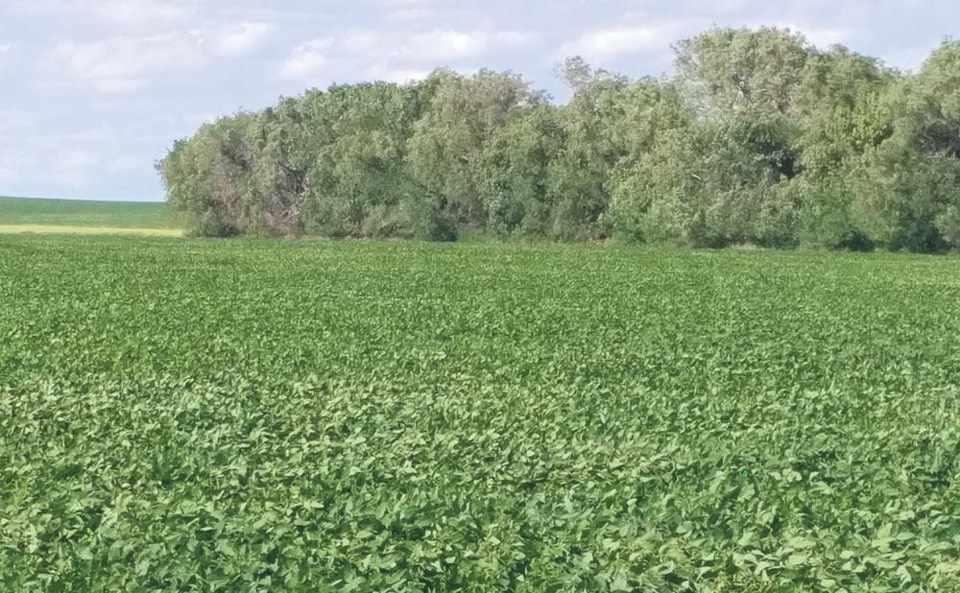Virden has an interest in seeing a world-class soybean processing facility built in western Manitoba.
Along with Brandon, Carberry, Neepawa and Russell, Virden is part of two Rural Development Institute (RDI) research projects at Brandon University (BU):
- Soybean Industry Supply Chain Assessment and
- Regional Assessment of Community Information
Both projects will advance the efforts of the Westman Opportunities Leadership Group (WOLG) to attract a soybean processing facility.
Chair of WOLG Ray Redfern is convinced that Manitoba is the perfect place for a new soybean plant. He says, “Over 2.25M acres were planted in 2017—more than a five-fold increase in the last eight years.”
The Soybean Industry Supply Chain Assessment will compare the competitive advantages and disadvantages of locating a soybean processing facility in either Manitoba, Saskatchewan, or North Dakota. It will also describe the current soybean supply chain in Manitoba and the potential market for a full line of soybean products that would be generated by a soybean processing facility in the region.
“We need a better picture of the Manitoba supply chain, from the soybean producers—how many acres are cultivated and where, the yield, the quality—to the customers,” said Ray Redfern.
Soybean products
Mikaël Akimowicz, project lead and post-doctoral agri-economist, explained, “The two main items a soybean processing facility produces are meal and soy oil. Soymeal is mainly used in animal feed. That means we need to understand the regional livestock market from Alberta to Manitoba to North Dakota.
“Soy oil is a major ingredient in almost all margarine, for one thing, and can be used to produce biodiesel. Who are the potential industry customers and where are they? What are the logistics for transporting product to them? How does Manitoba compare in this regard? These are but a few of the questions our research needs to answer.”
Most soybeans go to the production of animal feed. The Manitoba hog and poultry industries are strong; producers are providing hogs for the Maple Leaf facility in Brandon and the Hylife facility in Neepawa.
“The way things are now, regional hog producers are having to import significant amounts of soymeal. A local soybean processing facility is anticipated to reduce hog ration costs for producers and provide a local market for Manitoba soybean farmers,” explained Redfern.
Community information
The second RDI project, the Regional Assessment of Community Information, has delivered the Investment Readiness Community Assessment Tool to the five Westman communities: Brandon, Carberry, Neepawa, Russell, and Virden.
“The Regional Assessment project will enable the five partner communities to not only collectively define our ability to meet the site and operational requirements of a soybean processing facility but also highlight our regional and jurisdictional competitive advantages and possible development incentives,” said Sandy Trudel, Brandon’s Director of Economic Development.
“Armed with this information we will be well-positioned to approach potential investors with a business case that points to Westman as the logical location for a new soybean processing facility,” she noted.
“These two applied research projects demonstrate the value of utilizing Brandon University expertise. They also serve as a practical example of how Brandon University can contribute to a significant economic development initiative,” stated Scott Lamont, Vice-President of Financial Services and member of WOLG.
Funding for these RDI projects is provided by the Invest Canada – Community Initiatives (Govt. of Canada) and WOLG.




